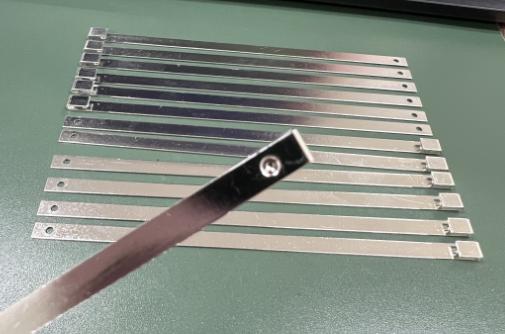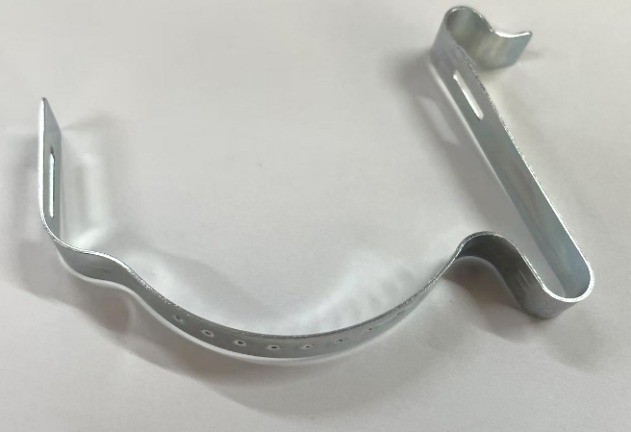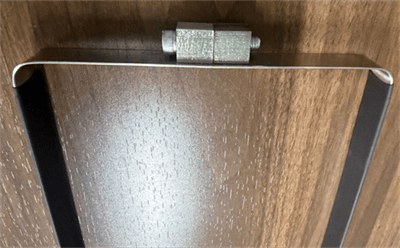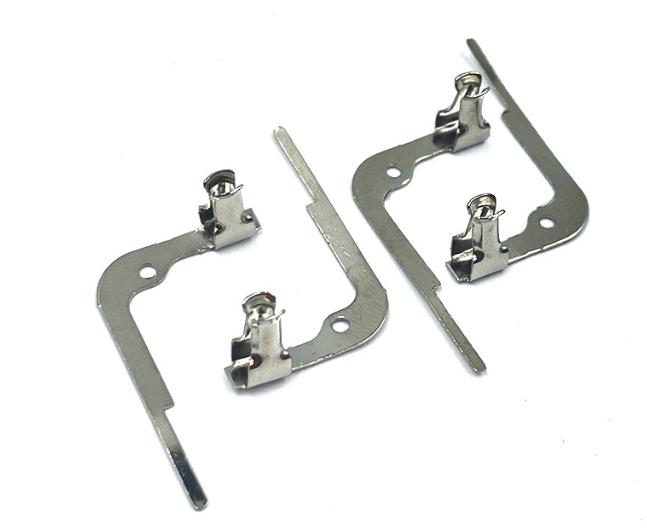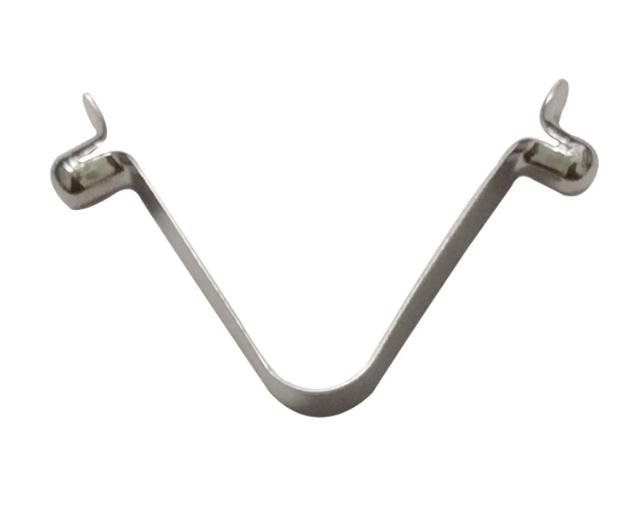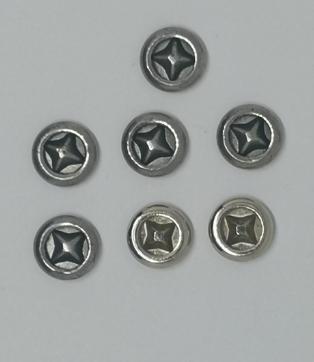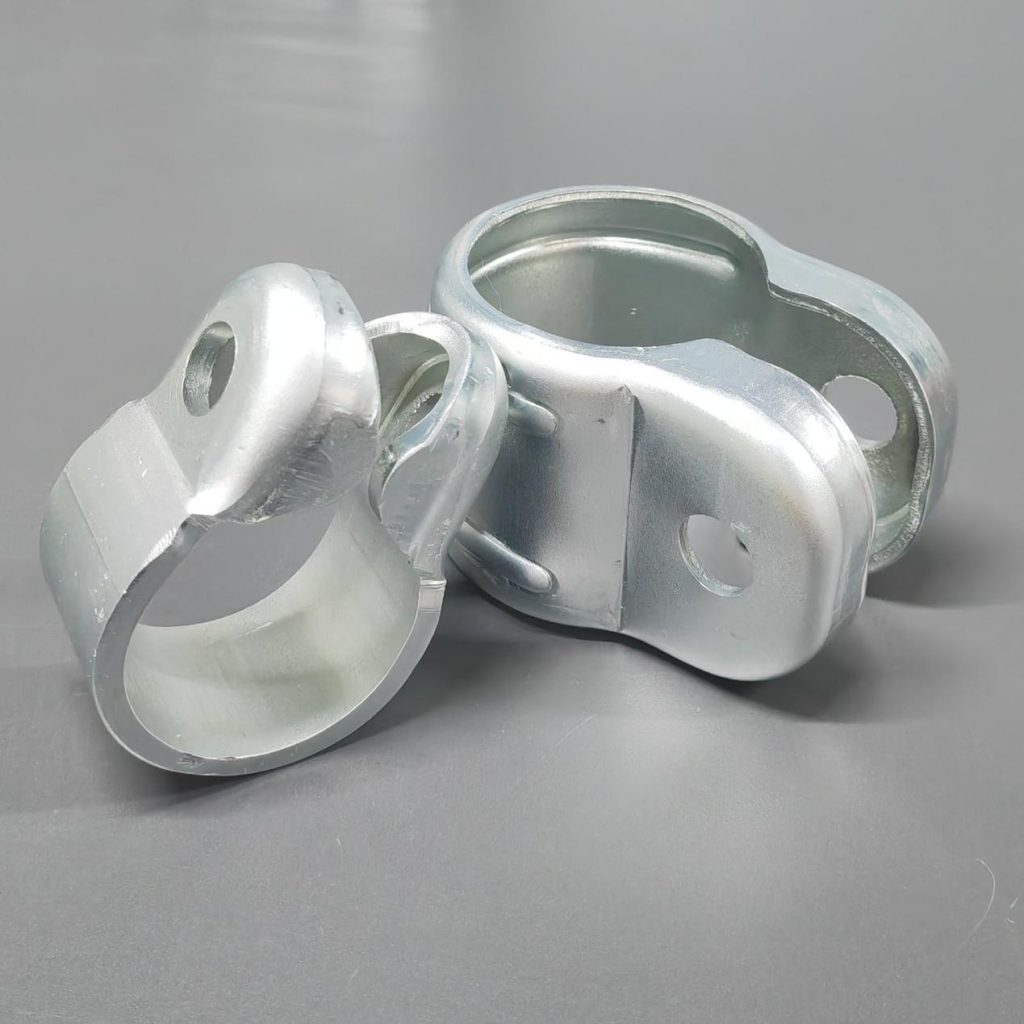What are Common Challenges Faced in Metal Stamping and How to Address Them?
Metal stamping is a complex manufacturing process that involves shaping sheet metal with a stamping press and tooling. Despite its efficiency and widespread use, metal stamping, like any manufacturing process, has its own set of challenges that necessitate careful consideration and innovative solutions.
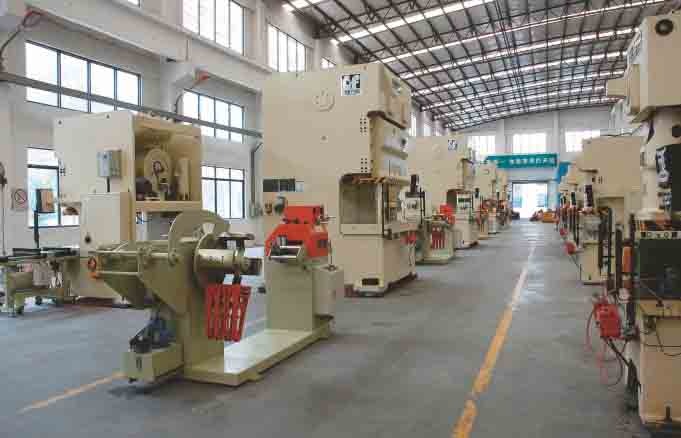
Key Challenges Faced in Metal Stamping
1. Material Selection and Variability
- Diverse Material Characteristics: During stamping, different metals exhibit distinct characteristics. Material properties such as strength, ductility, and formability differ between metals, influencing the stamping process.
- Material Thickness and Composition: Variations in material thickness and composition can cause inconsistencies in stamped parts, affecting both the final product’s quality and dimensional accuracy.
2. Tooling and Die Issues
- Wear and Tear: Continuous use of stamping dies causes wear and tear. This can lead to defects, dimensional inaccuracies, and increased maintenance downtime.
- Tooling Design: The design of the stamping mould is critical for achieving precision. Designing tooling that can handle complex part geometries while maintaining durability and longevity presents challenges.
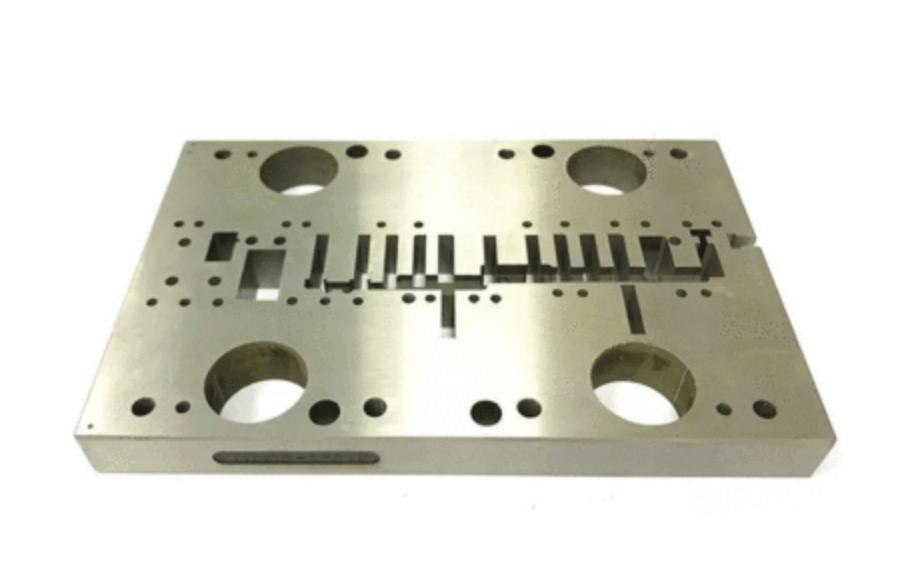
3. High-Volume Production Challenges
- Machine Wear and Maintenance: Running stamping presses at high speeds for extended periods of time can cause increased wear and necessitate frequent maintenance. It is a constant challenge to balance high-volume production with machine reliability.
- Quality Control in Mass Production: It is difficult to maintain consistent quality in large-scale production. Strict quality control measures for stamping parts are required to detect and correct defects as soon as possible.
4. Complex Part Geometries
- Irregular Shapes and Deep Draws: Stamping complex part geometries, particularly those with irregular shapes or deep draws, can present problems with uniform deformation. Precision becomes more difficult to achieve as part complexity increases.
5. Material Springback and Elastic Recovery
- Dimensional Inaccuracies: Springback, also known as elastic recovery, can cause dimensional errors in the final metal stamping parts. Compensating for material springback requires careful consideration during the design and execution of the stamping process.
6. Quality Control and Inspection
- Detection of Defects: Detecting flaws in stamped parts can be difficult, particularly in high-volume production environments. It is critical to implement effective inspection methods and quality control processes to ensure the reliability of stamped parts.
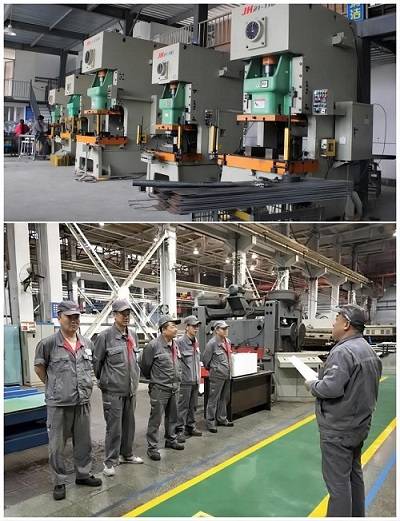
7. Environmental and Sustainability Concerns
- Energy Consumption: Metal stamping processes frequently involve the use of energy-intensive stamping presses. Manufacturers must optimize energy efficiency while maintaining production speed.
- Material Waste: Material waste is generated during the production of stamped components, and managing this waste responsibly poses environmental challenges. Reduce, reuse, and recycle efforts are critical for sustainable metal stamping practices.
8. Technological Advancements
- Adopting New Technologies: Manufacturers face a challenge in keeping up with technological advancements in stamping processes, materials, and equipment. Adopting new technologies can improve efficiency, but it necessitates investment and adaptation.

Key Strategies to Address Common Challenges Faced in Metal Stamping Effectively
Addressing the common challenges faced in metal stamping requires a strategic and comprehensive approach that encompasses various aspects of the manufacturing process.
1. Material Selection and Variability
- Material Testing and Characterization: Conduct thorough testing and characterization of materials before production to understand their specific properties. This information can guide the selection of materials suitable for the desired application.
- Strict Material Specifications: Clearly define material specifications to ensure consistency in material properties. Establish strong relationships with material suppliers to maintain quality and reliability.

2. Tooling and Die Issues
- Regular Maintenance: Implement a proactive maintenance schedule for stamping dies to address wear and tear. Regular inspections and maintenance can prevent unexpected failures and downtime.
- Advanced Tooling Design: Invest in advanced tooling design techniques, such as computer-aided design (CAD) and simulation tools, to optimize die designs for durability and precision.
3. High-Volume Production Challenges
- Predictive Maintenance: Use sensors and monitoring systems to detect potential problems before they cause machine failures. This method reduces downtime and ensures consistent output.
- Process Optimization: Continuously optimize stamping processes to strike a balance between speed and dependability. Identify bottlenecks and inefficiencies in the production line using data analytics.

4. Complex Part Geometries
- Simulation and Prototyping: For complex part geometries, use computer-aided simulation tools to model and simulate the stamping process. Before full-scale production, prototyping allows for real-world testing and adjustments.
- Incremental Forming Techniques: Consider incremental forming techniques, where the material is shaped gradually, to address challenges associated with deep draws and intricate shapes.
5. Material Springback and Elastic Recovery
- Compensation Strategies: Develop compensation strategies in tooling design to account for material springback. This may include overbending or using advanced control systems to counteract elastic recovery.
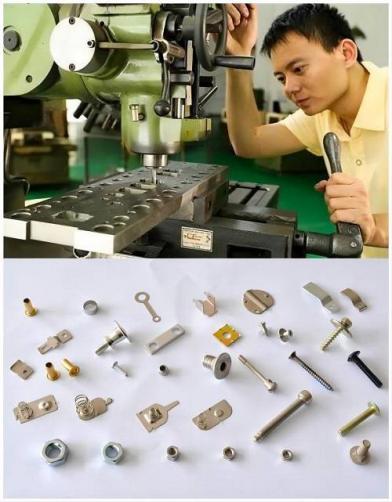
6. Quality Control and Inspection
- Automated Inspection Systems: To detect defects in real-time, use automated inspection systems such as machine vision and quality control sensors. Automated systems improve the accuracy and efficiency of stamped parts with which quality issues are identified and addressed.
- Statistical Process Control (SPC): Implement SPC methods to monitor and control the stamping process. Statistical analysis helps identify trends and variations, enabling proactive quality management.
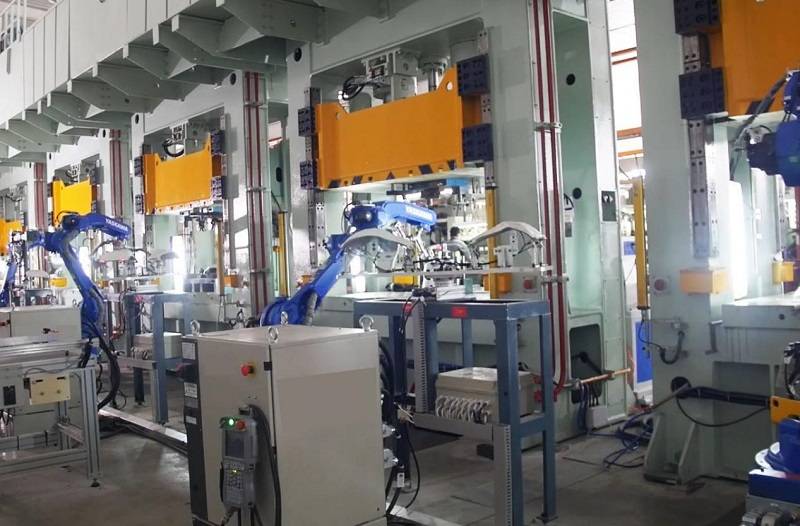
7. Environmental and Sustainability Concerns
- Energy-Efficient Equipment: Invest in energy-efficient stamping presses and machinery to minimize environmental impact. Regularly assess and upgrade equipment to incorporate the latest energy-saving technologies.
- Waste Reduction Initiatives: Implement waste reduction initiatives, such as recycling programs for scrap metal and optimizing material usage. Adopt environmentally friendly materials when feasible.
8. Technological Advancements
- Continuous Training: Provide ongoing training for operators and technicians to keep them abreast of the latest technological advancements in metal stamping. A well-trained workforce is better equipped to adopt and implement new technologies.
- Research and Development: Invest in research and development to stay on the cutting edge of technological advancements. Collaborate with industry experts and research institutions to find new ways to solve common problems.

Conclusion
Metal stamping is a fundamental process in modern manufacturing that allows for the mass production of intricate metal stamping parts at a low cost. Material selection, tooling design, high-volume production, part geometries, material behavior, and environmental considerations, on the other hand, necessitate a strategic approach to ensure success. Manufacturers can navigate these challenges and continue to push the boundaries of what is possible in the realm of metal stamping by embracing advanced technologies, implementing robust quality control measures, and prioritizing sustainability.

